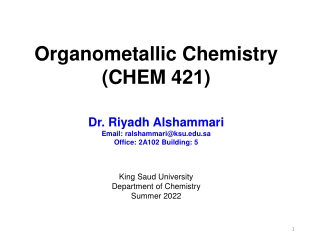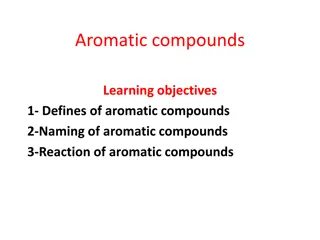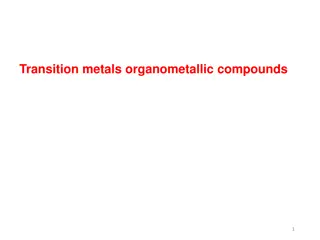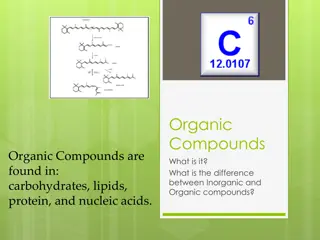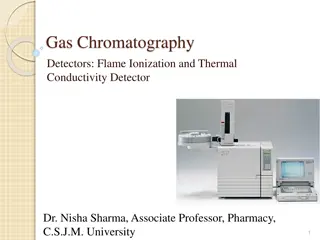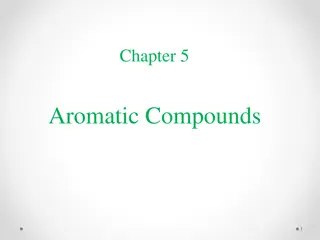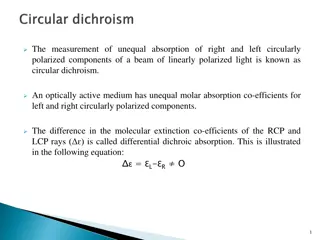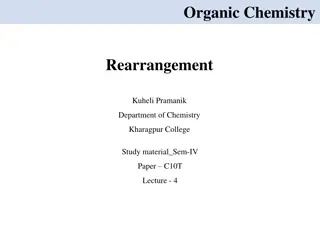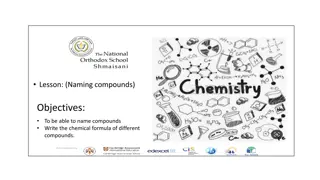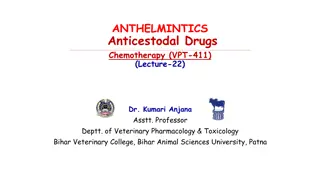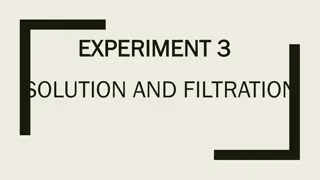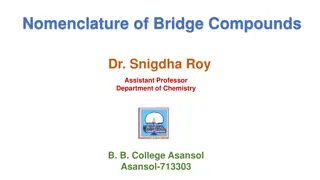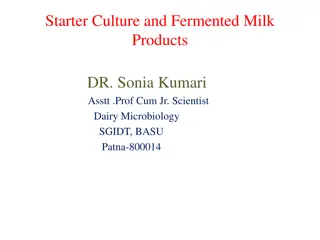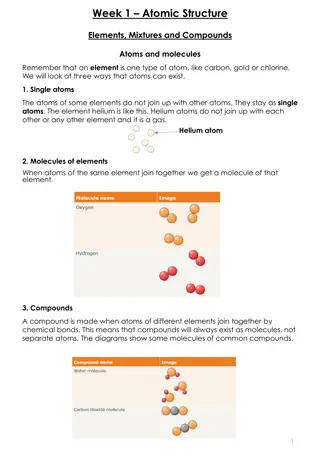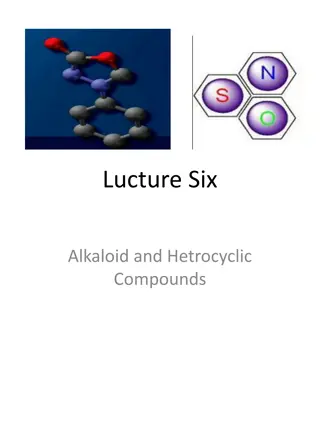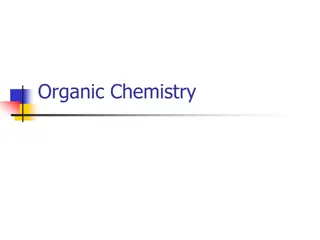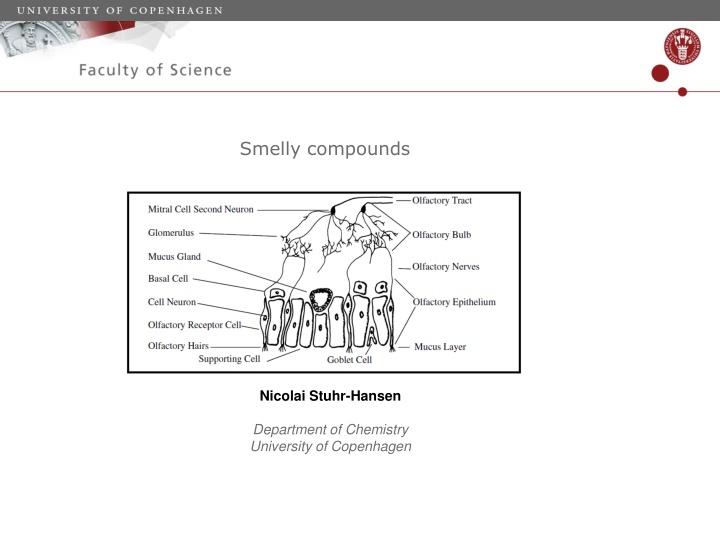
Exploring Smelly Compounds and Odors in Chemistry
Discover the fascinating world of smelly compounds, their origins, and effects on our senses as explained by Nicolai Stuhr-Hansen from the University of Copenhagen. Learn about the primary odor of beef, the pleasant aroma of coffee, and how to handle and avoid exposure to these volatile compounds in the lab. Explore setups for generating volatile molecules and apparatus for synthesizing stock solutions of odorous compounds.
Download Presentation

Please find below an Image/Link to download the presentation.
The content on the website is provided AS IS for your information and personal use only. It may not be sold, licensed, or shared on other websites without obtaining consent from the author. If you encounter any issues during the download, it is possible that the publisher has removed the file from their server.
You are allowed to download the files provided on this website for personal or commercial use, subject to the condition that they are used lawfully. All files are the property of their respective owners.
The content on the website is provided AS IS for your information and personal use only. It may not be sold, licensed, or shared on other websites without obtaining consent from the author.
E N D
Presentation Transcript
Smelly compounds Nicolai Stuhr-Hansen Department of Chemistry University of Copenhagen
Smell -The reason why we are so good at sensing small volatile stinking molecules and especially thiols is because humans are scavenger animals and dead corpses rapidly expels these compounds. -Small thiols have a odor threshold in the ppb orders of magnitude a more than 100 times lower odor threshold than small amines
Odor of coffee - Thiol smell can also be associated with something good .
Bad smelling thiol containing food -Several food products that we can consume contain a variety of the worst smelling volatile compounds for instance: Jackfruit which contains several different small thiols. Surstr mninger contains more than 50 different small amines and thiols. -Some individuals experience anosmia (smell blind ness) for one or more odors; however seldomly thiols!
Handling avoiding exposure of smelling compounds - Seal your reactions from surroundings if possible - Never let your gloves get outside the fume hood - Keep the front of the hood down at all times - Aim for minimal turbulence at the front of the hood - Leave used equipment for several hours in the hood - Place all used equipment in a hypochlorite/Deconex (or RBS) bath preferably over-night. Converts sulfur compounds, amines and carboxylic acids into non-smelly material.
Another setup - for generation of hydrogen selenide nitrogen Scrubber Pure air Al2Se3+ Cl3COOH
Flamable phosphines nitrogen Scrubber After-burner Pure air
Lickens-Nickerson apparatus for synthesis of stock solutions of volatile (smelly) compounds
Kugelrohr of smelly compounds omitting the use of the stirring tower - avoiding trouble with surroundings Oven Vacuum Compd + boiling stones Liq. N2
Smell rating of organosulfur and organoselenium compounds - Methanethiol boils at 6 C and methaneselenol at 26 C probably the worst smelling compounds at all - In general divalent organoselenium selenium smell (even) worse than their corresponding sulfur analogues - Inside a group of divalent organochalcogen compounds the ranking is: RYH>RYYR>>RYR - RR Y=O compounds do not smell at all (too low vapour pressure) - The Y=O unit rapidly forms upon bleach treatment
Example of a smelly incident if t-BuLi is not titrated prior to use for generation of arylchalcogenates
Liberation of benzeneselenenic acid via cycloelimination as de-masking of , -unsaturated keto compounds
Final remarks -The key element in working with smelly compounds is to keep the chemistry isolated with minimal exposure to the surroundings -Working with smelly compounds gives good practice in working properly with less smelly chemistry -Getting confronted with release of smelly compounds gives a reminder how often you are exposed to chemical vapors not noticing it

